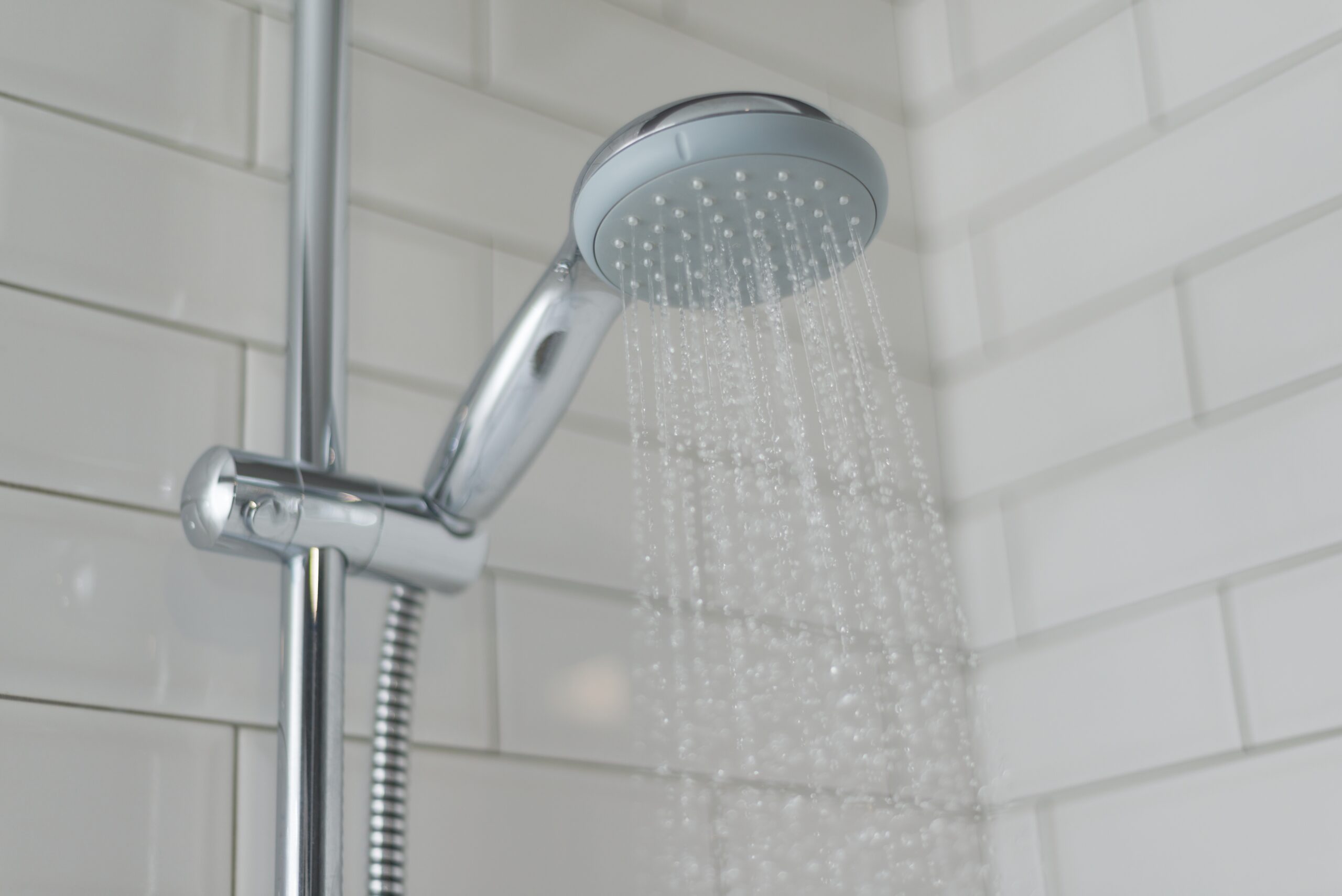There is a variety of plumbing fixtures that you can choose for your home. Some of these have been labeled as “low-flow” fixtures. Unfortunately, many people do not understand the meaning of this term. Several myths are going around about what low-flow fixtures do for you and how they work. Let us take a moment to clear up any of these misconceptions and show you why low-flow might be the way to go.
What Are Low-Flow Fixtures?
The term low-flow relates to faucets, shower heads, and toilets that use water to accomplish certain tasks by having a lower flow rate and using less water per flush. In the United States, the Energy Policy Act of 1992 mandated a maximum amount of water used by conventional fixtures during their operation. Some low-flow fixtures can use as little as 60% of average fixtures and faucets’ mandated maximum water consumption while still maintaining their performance.
Misconceptions About Low-Flow Fixtures
Because these fixtures use less water, there is a lot of concern about how well they work. Unfortunately, this has led to several myths that have caused people to shy away from using them when they can. However, these myths are not true.
1. Low-flow means low pressure
When people hear about low-flow fixtures, they bring up whether or not the fixtures will be effective. Shower heads bring the majority of this concern, but there are worries about toilets as well. This myth is so prevalent that there are episodes of popular television shows that bought into and propagated it.
This is entirely untrue. While low-flow fixtures have a reduced amount of water pressure, they can still maintain enough pressure to produce satisfying showers. In addition, special shower heads can distribute the water in such a way as to mitigate the lower water pressure.
2. Low-flow toilets need to be flushed more often, and they do not become clogged more easily
To be fair, this one has a small nugget of truth behind it. When low-flow toilets were widely introduced in the 1990s, they certainly had the issue of not properly disposing of waste. They also couldn’t handle flushing a lot of solid materials and would clog more often.
However, toilet technology and plumbing have both improved a lot over the years. As a result, you can easily purchase toilets that can handle whatever you need to flush. Some modern toilets even come with two flush options: low-flow and standard. That having been said, there are still things you should avoid flushing down your toilet, but whether you’re using low-flow or not has nothing to do with them.
3. There is no appreciable difference in water conservation between low-flow and standard fixtures
Low-flow fixtures use less water than standard fixtures. However, the difference in the amount of water used may not be readily apparent unless you’re looking at the big picture. According to the EPA, toilets account for 30 percent of residential water use, while showers account for almost 17 percent. Low-flow fixtures tend to make a difference in these amounts over time, but not right away.
Let’s look at it this way. A standard shower head uses approximately 2.5 gallons of water per minute, while a low-flow shower head uses approximately 2 gallons per minute. You may think that a difference of half a million gallons sounds too small.
But, if 2 people in a household each take a 10-minute shower in the morning 6 days a week with a standard shower head, then that household uses 300 gallons of water per week to shower. That comes out to 15,600 gallons for showering per year.
If those same 2 people take the same number of showers in a year, the total comes to 240 gallons per week and 12,480 gallons per year. That is a difference of 3,120 gallons of water per year! But, as mentioned, it would require a long-term view to see the savings.
4. A label means that it’s legitimate
This is a fairly general myth for many products and appliances, but it’s especially prevalent in low-flow fixtures. Unfortunately, there are a lot of companies that have taken advantage of the green movement to label their products as eco-friendly and low-flow when they aren’t. And because the difference in water use between low-flow fixtures and standard fixtures takes time to discern, it’s easy to fall into the trap.
When purchasing low-flow fixtures, be sure to do as much research as you can. In addition, look for the EPA’s WaterSense label.
5. A low-flow fixture is always the best choice
Low-flow shower heads, toilets, and faucets can save you money over the long term. They are also more environmentally friendly. However, they should complement your needs. A lower pressure shower isn’t always ideal, even if it does have benefits.
The issue is when people confuse conservation with efficiency. Conservation means using fewer resources in the name of saving money or environmental safety. Efficiency means using fewer resources while still getting what you need. Many people installed low-flow fixtures but ended up using more water in the long term to make up for the difference.
Choose A Quality Service For Your Plumbing Needs
Whether you’re installing low-flow fixtures, looking for emergency plumbing, or in need of septic tank repairs, Coastal Mechanical Contractors are here for you. Our trained professionals are happy to provide you with quality service at affordable rates. Contact us for a quote today.

